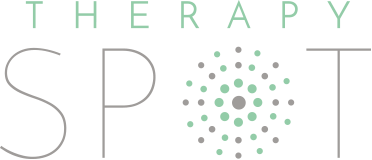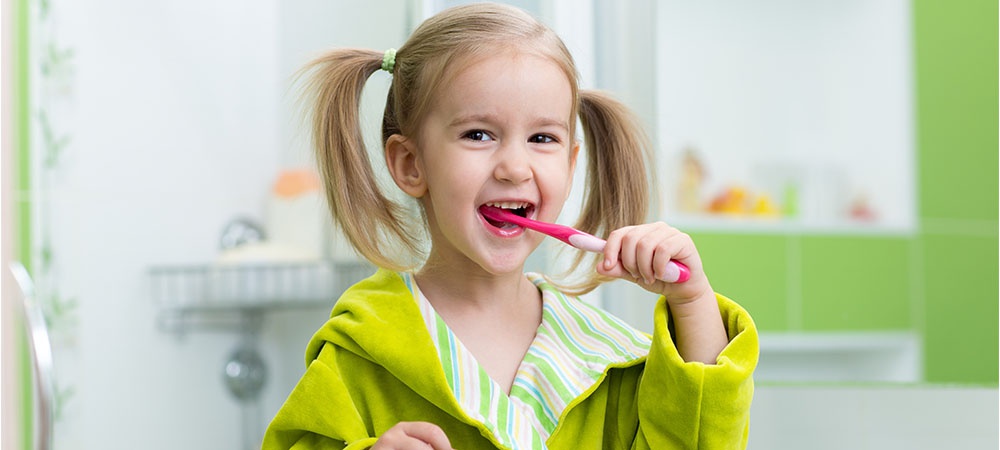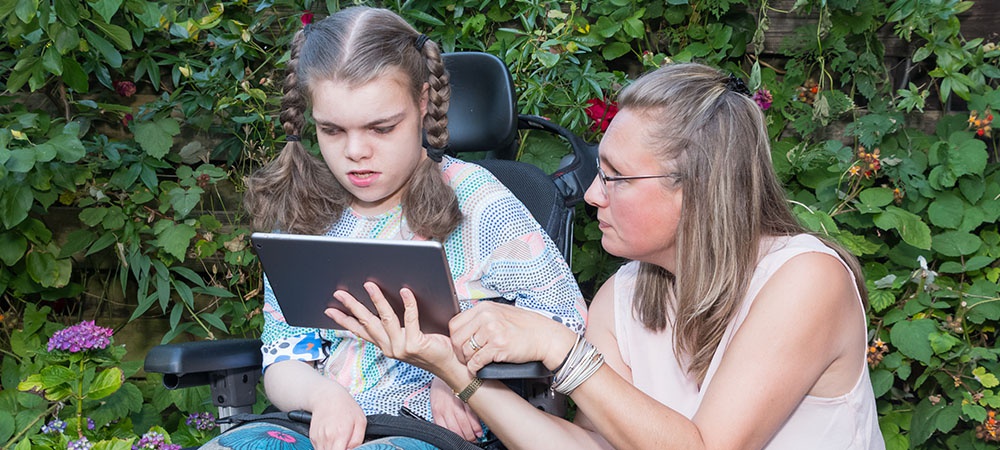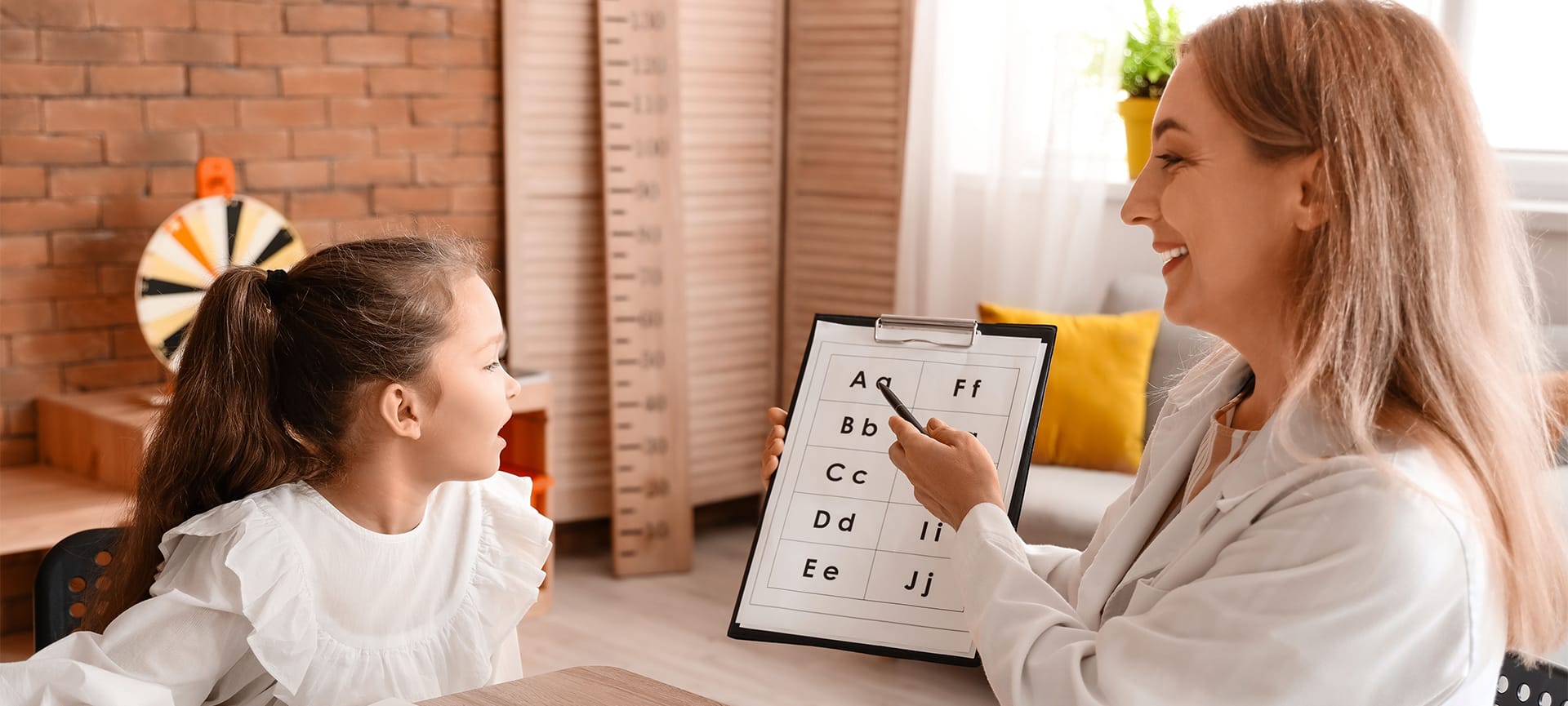For most children, language is not formally taught; it is acquired through observation and interaction. From the time babies are placed into their home environments, they are surrounded by the use of language. Long before they understand words, they start getting used to the natural rhythms of conversation. They learn how speech flows; the idea that tone and pitch depend on context and mood becomes ingrained in them.
Language development is further aided by intentional interactions between caregiver and infant. What most people think of as “baby talk” is actually a learning tool for the baby. Adults instinctively use a higher pitch that appeals to babies, along with slower speech and exaggerated pronunciation that helps them learn.
As a result of this immersion in a language-enriched environment, babies start to try imitating words when they’re around a year old. A two-year-old typically has a vocabulary of about 50 words and is starting to form short phrases.
Not all children follow the same path, though. Some children reach their language development milestones unusually early; others experience delays and may need a bit of help along the way. Speech therapy is one of the most useful tools available to children who struggle with speech.
Milestones: What Should Happen at What Age?
One of the most important things to understand about milestones is that they are based on averages. Children grow and develop at different rates: some children have rapid early development and then plateau, while others start more slowly and then have a developmental spurt that enables them to “catch up”.
In other words, the milestones listed below should not be taken as absolutes, but as general guidelines. When it comes to your child, you should trust your instincts and seek professional guidance if you feel that something is not quite right.
0-5 months
- The baby makes cooing sounds
- Pleasure and displeasure are expressed through crying, laughing, and giggling
- The baby responds to caregivers’ voices by making sounds, turning the head towards the sound, or flailing the arms or legs
6-11 months
- The baby says simple words like “mama” and “dada” without context
- The cooing evolves into babbling that includes several distinctive sounds
- The baby understands “no”
- The baby communicates through gestures like pointing
- The baby tries to repeat sounds that they hear
12-17 months
- The toddler can say around 6 words, though pronunciation may not be clear
- Questions are answered non-verbally by pointing, or nodding or shaking the head
18-23 months
- The vocabulary is around 50 words, mostly nouns, with many words still being mispronounced
- Common objects like food or toys are requested by name
- The child makes animal sounds like “woof” and “moo”
- The child starts using pronouns like “mine”
- The child uses two-word phrases, such as “more juice”
2-3 years
- The child uses more pronouns (“you”, “him”, “her”, etc.)
- The child can answer simple questions
- The child starts using plurals and adjectives
- Pronunciation is much clearer, but strangers may still not understand the child fully
- The rising inflection is used when asking questions
- The child uses three-word sentences
3-4 years
- The child can answer slightly more complex questions
- Most speech sounds are used, but may not be fully mastered for a few years
- Consonants are more distinct
- The child uses verbs ending with “ing” (“walking”, “running”, “playing”, etc.)
- The child starts to verbalise their emotional experiences, for example, by stating that they are happy, sad, or angry
- The child starts to use creativity in language and enjoys absurd stories and poems
- Repeating words and sentences is very common at this age
4-5 years
- Comprehension of spatial concepts is improving – for example, “next to” or “behind”
- The child still struggles to pronounce multisyllabic words
- The child describes things in detail
- Past tense words are used – for example, “jumped” or “ran”
- The child can answer complex questions, including “why” questions
5 years
- The child can follow multi-step instructions (“Put on your pyjamas and brush your teeth”)
- The child can fully engage in a conversation
- The child uses compound and complex sentences
- The child understands sequences of events: what happened in what order
- The child understands rhyming and poems
How Speech Therapy Can Help
Speech impairments and delays happen for all kinds of reasons, and the approach taken by a speech therapist will depend on what the cause of the problem is. Therefore, the first step in speech therapy is a detailed assessment that helps the therapist identify what the focus should be during treatment.
Impaired Hearing
Many doctors and speech therapists start by testing the child’s hearing. Early speech acquisition is based almost entirely on listening and imitation, so speech delays can happen simply because the child is unable to hear clearly. In cases of hearing impairment, the speech therapist can work with an audiologist to come up with an appropriate treatment plan that addresses the child’s specific needs.
Physical Limitations
Some speech difficulties happen as a result of a physical issue that affects the mechanics of speech. Examples include problems with the jaws, teeth or palate (the roof of the mouth). A short frenulum – the fold beneath the tongue – can restrict movement of the tongue, which can impact speech. In the case of a physical problem, speech therapy could be accompanied by medical or dental treatment to correct the issue, and physical therapy to help the child develop the strength or range of motion needed for fluent speech.
Developmental Disability
Delayed or impaired speech is very common in children with developmental disabilities such as autism. The challenges manifest in a number of ways. Some children have good receptive language, meaning they can understand what is said to them, but poor expressive language, meaning they have difficulty verbalising their own ideas. In other children, it’s reversed – the expressive language is good and the receptive language is weaker. The root cause of the language deficit also varies: some children have difficulty acquiring the words to use; others have the words but struggle to use them. The speech therapist may use a range of techniques including play-based therapy and assistive communication tools.
Getting Started with Speech Therapy
If you are concerned about a speech or developmental delay in your child, it is best to seek professional guidance as early as possible. Intervention at any age can benefit the child – the earlier the child gets the treatment they need, the better the outcomes will be. At Therapy Spot, we work with children from all walks of life who present with a wide range of challenges. With our gentle, empathetic approach and our research-based techniques, we can help your child strive for their full potential.






